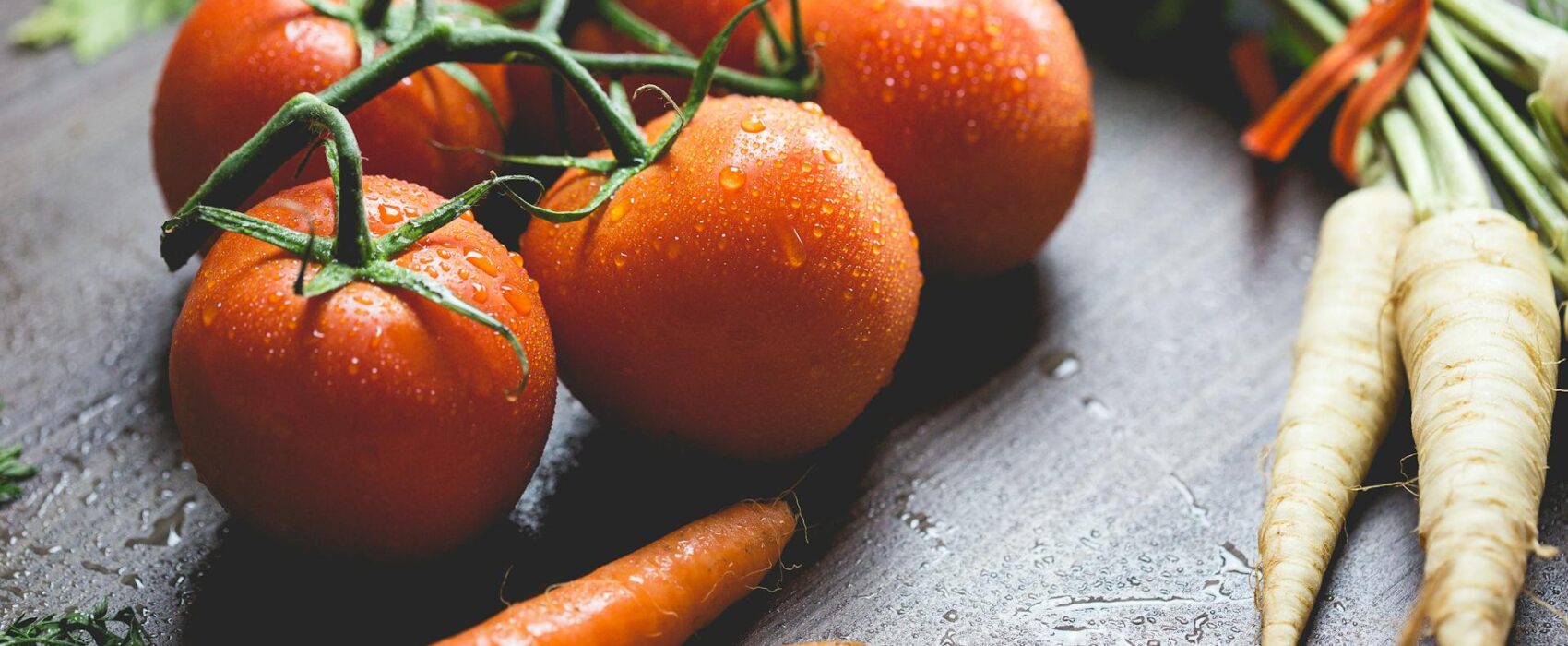In today’s world of fast food and chemicals, growing your own organic vegetables at home is one of the healthiest and most satisfying things you can do. Whether you have a backyard, a balcony, or just a few pots, you can easily start your own organic kitchen garden.
This blog will walk you through the step-by-step process of growing organic vegetables at home, even if you’re a complete beginner!
🛠️ Step 1: Choose the Right Spot
Before you plant anything, choose a space that gets at least 4 to 6 hours of sunlight daily. A sunny balcony, rooftop, or even a window ledge works well for small pots.
Things to keep in mind:
- Easy access to water
- Good air circulation
- Protection from strong winds or pets
🪴 Step 2: Select the Right Containers or Garden Beds
You don’t need a big space! You can grow vegetables in:
- Clay pots
- Plastic containers
- Grow bags
- Wooden raised beds
- Recycled bottles and buckets
Make sure the container has drainage holes at the bottom.
🌾 Step 3: Use Organic Soil Mix
Healthy soil = Healthy vegetables.
Make your own organic soil mix:
- 50% garden soil
- 25% compost (organic kitchen waste, cow dung)
- 25% cocopeat or sand for drainage
You can also buy organic potting mix from a nursery or online.
🥕 Step 4: Choose Easy-to-Grow Vegetables
Start with beginner-friendly, fast-growing vegetables like:
- Tomatoes
- Spinach
- Coriander
- Mint
- Carrots
- Radish
- Lettuce
- Chili
- Okra (Bhindi)
- Green beans
Use organic seeds or grow from kitchen scraps (like sprouting potatoes, onions, or garlic cloves).
💧 Step 5: Watering the Right Way
Water your plants:
- Early morning or evening
- Only when the top soil feels dry
- Avoid overwatering (it causes root rot)
Use a watering can or spray bottle for gentle watering.
🌿 Step 6: Natural Fertilizers and Compost
Feed your plants every 2–3 weeks with organic fertilizer like:
- Compost tea
- Cow dung slurry
- Banana peel water
- Crushed eggshells (for calcium)
Avoid chemical fertilizers. Organic compost improves soil and plant health naturally.
🐛 Step 7: Protect from Pests (Organically)
Instead of harmful pesticides, use:
- Neem oil spray
- Garlic + chili water spray
- Soap water spray (mild)
Also, planting marigold or tulsi near your veggies keeps pests away.
📅 Step 8: Harvest and Replant
- Harvest your vegetables when fully grown and fresh.
- Keep replanting new seeds every 2–4 weeks to keep your supply going.
For leafy vegetables like spinach and coriander, cut only what you need—they will grow back!
🌟 Benefits of Growing Organic Vegetables at Home
✅ No harmful chemicals
✅ Healthier and tastier food
✅ Saves money on groceries
✅ Great for mental health and stress relief
✅ Teaches kids about nature and sustainability
Final Words
Starting a home garden is easier than you think. With just a little space, a few pots, and daily care, you can enjoy fresh, organic vegetables straight from your garden to your plate.
Start small, stay consistent, and soon you’ll love your little green corner of happiness! 🌿🍅







